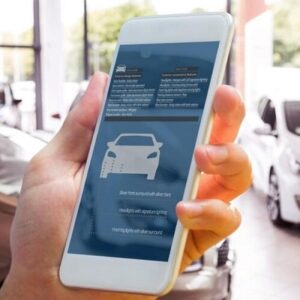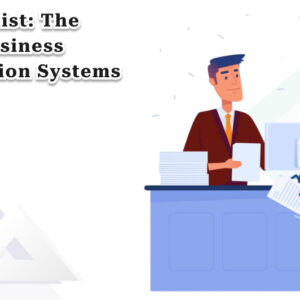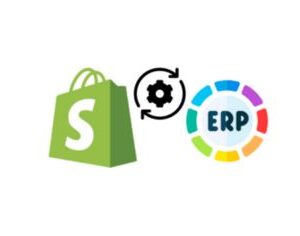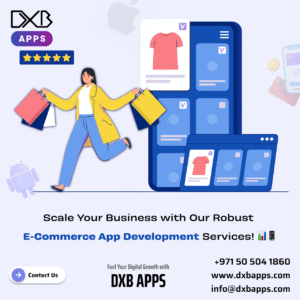Convenience is key in the hyperconnected world of 2025, and delivery applications serve as the foundation of this on-demand economy. One thing is certain: whether you’re a small-town merchant, a rapidly expanding restaurant chain, or a global logistics company, if you want to compete, you must develop a delivery app that fits your business plan.
Delivery applications are becoming crucial tools for reaching customers, optimizing logistics, and boosting profitability, whether a business is local or has worldwide goals. However, not every delivery app is made equally. The key to success is selecting a development strategy that fits your target market, objectives, and company size.
In this blog, we’ll explore how to build a delivery app that scales from local to global and fits every type of business — from startups to enterprise giants.
Why Every Business Model Needs a Delivery App in 2025
Consumer expectations have shifted. People now demand:
- Real-time tracking
- On-demand access
- Flexible delivery slots
- Seamless mobile experiences
Delivery-focused services have grown rapidly as a result of this demand, not only in the food and grocery industries but also in the pharmaceutical, fashion, electronics, and business-to-business logistics sectors. A specially designed delivery software allows for unprecedented operational control and customer pleasure, whether you’re shipping medical supplies across borders or sushi across town.
Local Delivery App Model: Starting Small, Winning Big
If you’re a small business or a startup targeting a local area, your focus should be on building a cost-effective, lightweight, and reliable delivery app that helps you:
- Reach nearby customers
- Offer fast and affordable delivery
- Track orders in real-time
- Build customer loyalty
Features to Include:
- Geo-fencing for delivery zones
- In-app payments
- Driver management
- Push notifications
- Delivery time estimates
Use Case:
A local bakery using a custom delivery app to serve a 5 km radius can offer better freshness guarantees, customized orders, and personalized promotions than larger third-party apps.
Regional to National Delivery Model: Scaling Operations
As your business expands to multiple cities or states, your delivery app must evolve too. This phase requires scalability, automation, and a strong backend architecture.
What You Need:
- Multi-city delivery support
- Warehouse and inventory integration
- Delivery partner onboarding and management
- Customer support tools
- Advanced analytics dashboard
Example:
A cloud kitchen chain expanding across 10 cities uses a custom delivery app to manage thousands of orders daily, assign deliveries to third-party fleets, and optimize route planning.
Global Delivery Model: Enterprise-Grade Functionality
For enterprises or international brands, building a delivery app means addressing multiple challenges:
- Cross-border compliance
- Language localization
- Currency conversions
- International logistics integration
- GDPR and data protection policies
Must-Have Features:
- Scalable microservices architecture
- API integrations with global carriers
- Dynamic pricing algorithms
- AI-based route optimization
- Multi-language, multi-currency support
Real-World Scenario:
An international e-commerce brand creates a delivery app that manages real-time delivery tracking in over 50 countries, integrates with local logistics providers, and personalizes the experience for each market.
Create Your Delivery App: Key Steps for Every Business Model
Regardless of your size or ambition, the process to create your delivery app generally follows these steps:
1. Define Your Business Goals
- What do you want to achieve? (Speed, reach, savings, customer loyalty?)
2. Choose Your App Type
- Native, hybrid, or PWA?
- Customer-only app or include driver and vendor apps?
3. Select the Right Technology Stack
- Choose tools and platforms that support your scalability and security needs.
4. Design a User-Centric Experience
- Focus on simplicity, speed, and seamless ordering.
5. Develop and Test
- Work with an experienced team that can deliver robust, secure code.
6. Launch and Optimize
- Release, collect feedback, and continuously improve based on user behavior.
Why Choose a Custom Delivery App Over Ready-Made Platforms?
While plug-and-play solutions offer speed, they often lack:
- Brand control
- Deep customization
- Integration capabilities
- Long-term scalability
By choosing to create your delivery app from scratch, you ensure the experience fits your unique workflows, branding, and growth roadmap.
Final Thoughts: Delivery Apps Are Not One-Size-Fits-All
The delivery scenario in 2025 necessitates tailored, to build a delivery app that successfully supports and accelerates your business growth, it’s essential to begin with a deep and strategic understanding of your business model, industry dynamics, customer expectations, and long-term objectives. A one-size-fits-all solution often falls short in addressing the unique challenges of logistics operations, whether you’re serving food, pharmaceuticals, retail, or last-mile deliveries. By carefully aligning your vision with the right technology stack—incorporating features like real-time order tracking, automated dispatch, fleet and inventory management, route optimization, digital payments, and data analytics—you can create a highly customized and scalable delivery solution tailored to your operational needs.
Such a solution doesn’t just streamline logistics—it empowers your team with greater control, enhances communication across stakeholders, reduces delivery times, and improves customer satisfaction. Moreover, as your business expands into new markets, adds new vendors, or adapts to changing consumer behaviors, your app can evolve alongside it, seamlessly integrating new features and services without requiring a complete overhaul. In today’s competitive, fast-paced digital economy, having a custom-built delivery platform that adapts to your growth journey is no longer a luxury—it’s a necessity for long-term success, innovation, and sustainability.






